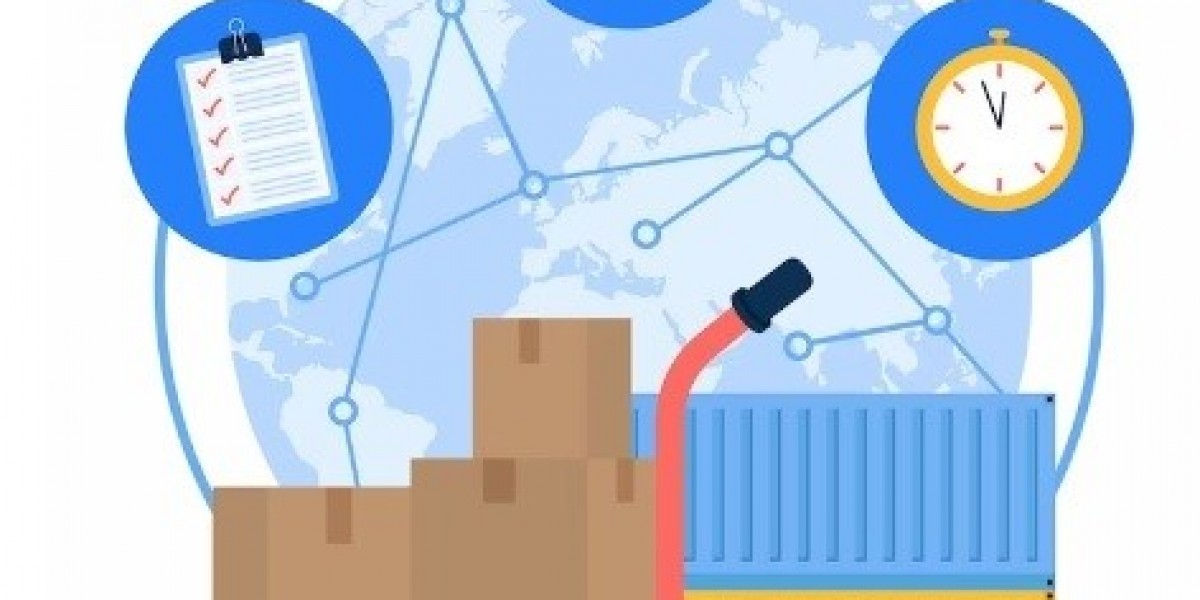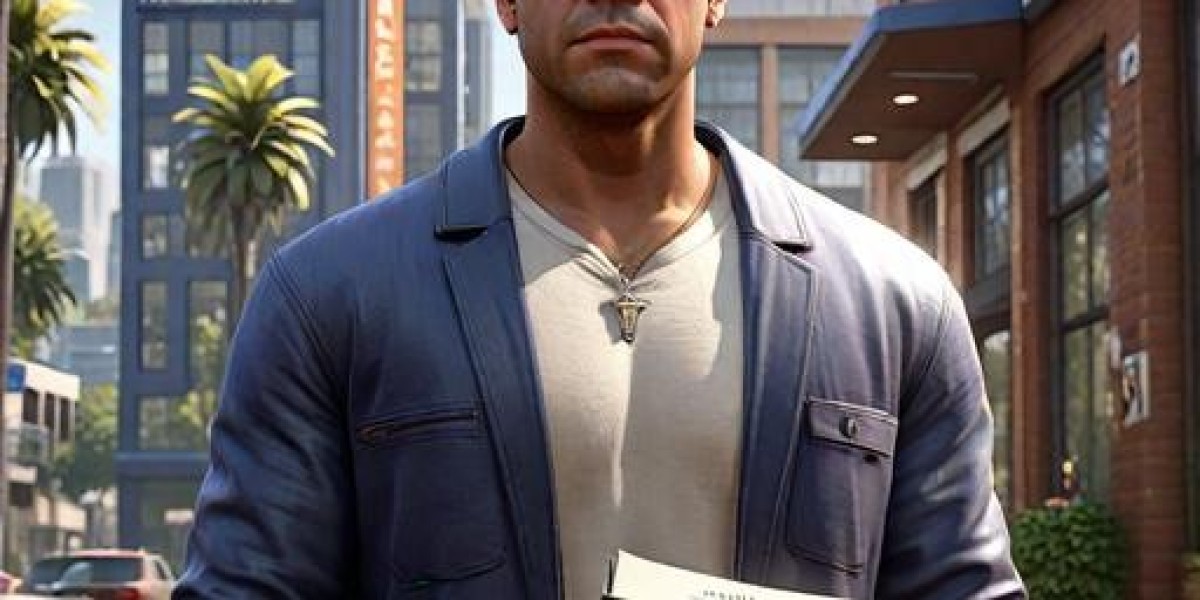One of the key components to achieving this is your pool filter. Whether you have a sand filter, cartridge filter, or another type, proper maintenance is crucial. In this article, we will explore the best practices for pool filter maintenance to maximize your pool's efficiency and longevity.
Understanding the Importance of Pool Filter Maintenance
Pool filters are responsible for removing debris, dirt, and other contaminants from your pool water. Over time, these filters can become clogged and less effective, leading to cloudy water and increased strain on your pool's circulation system. Regular maintenance not only helps in keeping your pool water clean but also extends the lifespan of your pool equipment and reduces energy costs.
General Maintenance Tips for All Types of Pool Filters
Regardless of the type of filter you have, there are some general maintenance practices you should follow:
Regular Cleaning: Regularly clean your pool filter according to the manufacturer's instructions. This might involve backwashing for sand filters or rinsing cartridge filters. Cleaning intervals vary, but a good rule of thumb is to clean your filter every 4-6 weeks during peak swimming season.
Monitor Pressure: Keep an eye on your pool filter's pressure gauge. When the pressure rises 8-10 psi above the normal operating level, it's time to clean or backwash your filter. High pressure indicates that the filter is clogged and needs attention.
Inspect for Damage: Periodically inspect your pool filter for any signs of wear or damage. Look for cracks, tears, or any other issues that might compromise its performance. Replace any damaged parts immediately to prevent further problems.
Maintain Proper Water Chemistry: Balanced pool water chemistry is crucial for filter efficiency. Ensure your pool's pH, alkalinity, and chlorine levels are within the recommended ranges. Imbalanced water can lead to scale buildup or corrosion, both of which can impair filter performance.
Use Filter Cleaning Products: Consider using filter cleaning products designed to break down oils, minerals, and other contaminants that can clog your filter. These products can help restore your filter's efficiency and extend its lifespan.
Specific Maintenance for Sand Filters
Pool Sand filters are popular for their durability and low maintenance requirements. Here are some specific tips for maintaining sand filters:
Backwashing: Backwash your sand filter regularly to remove trapped debris. The process involves reversing the flow of water through the filter to flush out impurities. Follow the manufacturer's instructions for proper backwashing frequency and procedure.
Check the Sand: Over time, the sand in your filter can become worn and less effective. Check the sand level and condition annually. Replace the sand every 3-5 years or as recommended by the manufacturer.
Monitor Multiport Valve: The multiport valve controls the flow of water through your sand filter. Ensure it's functioning correctly and lubricate the O-rings periodically to prevent leaks.
Specific Maintenance for Cartridge Filters
Pool Cartridge filters are known for their superior filtration and ease of maintenance. Here are some tips for maintaining cartridge filters:
Rinse and Soak: Remove the cartridge and rinse it with a garden hose to remove surface debris. For a more thorough cleaning, soak the cartridge in a filter cleaner solution to dissolve oils and minerals. Rinse thoroughly before reassembling.
Inspect the Cartridge: Check the cartridge for signs of wear, such as fraying or tearing of the pleats. Replace the cartridge if it shows significant damage or if the pleats are heavily clogged.
Rotation: If your filter uses multiple cartridges, rotate them regularly to ensure even wear and prolong their lifespan.
Troubleshooting Common Filter Problems
Even with regular maintenance, you may encounter some common pool filter issues. Here are a few troubleshooting tips:
Cloudy Water: If your pool water is cloudy, check for a clogged filter, imbalanced water chemistry, or insufficient filtration time. Clean the filter and adjust your pool's chemical levels and pump run time as needed.
High Pressure: High pressure can indicate a clogged filter or a closed valve. Clean the filter and check for any obstructions in the plumbing.
Low Pressure: Low pressure may be caused by a dirty pump basket, a clogged skimmer, or an air leak in the system. Clean the pump basket and skimmer, and inspect the system for air leaks.
Recommended Maintenance Schedule
To keep your pool filter running efficiently, follow a regular maintenance schedule:
Weekly: Check pressure gauge, skim debris, and balance water chemistry.
Monthly: Clean filter, inspect for damage, and backwash sand filters.
Annually: Inspect and replace filter media (sand or cartridges), lubricate O-rings, and deep clean the filter.
By adhering to these best practices for pool filter maintenance, you can ensure that your pool remains clean, clear, and inviting all season long. Proper care of your pool filter not only enhances the swimming experience but also protects your investment in your pool and its equipment.









